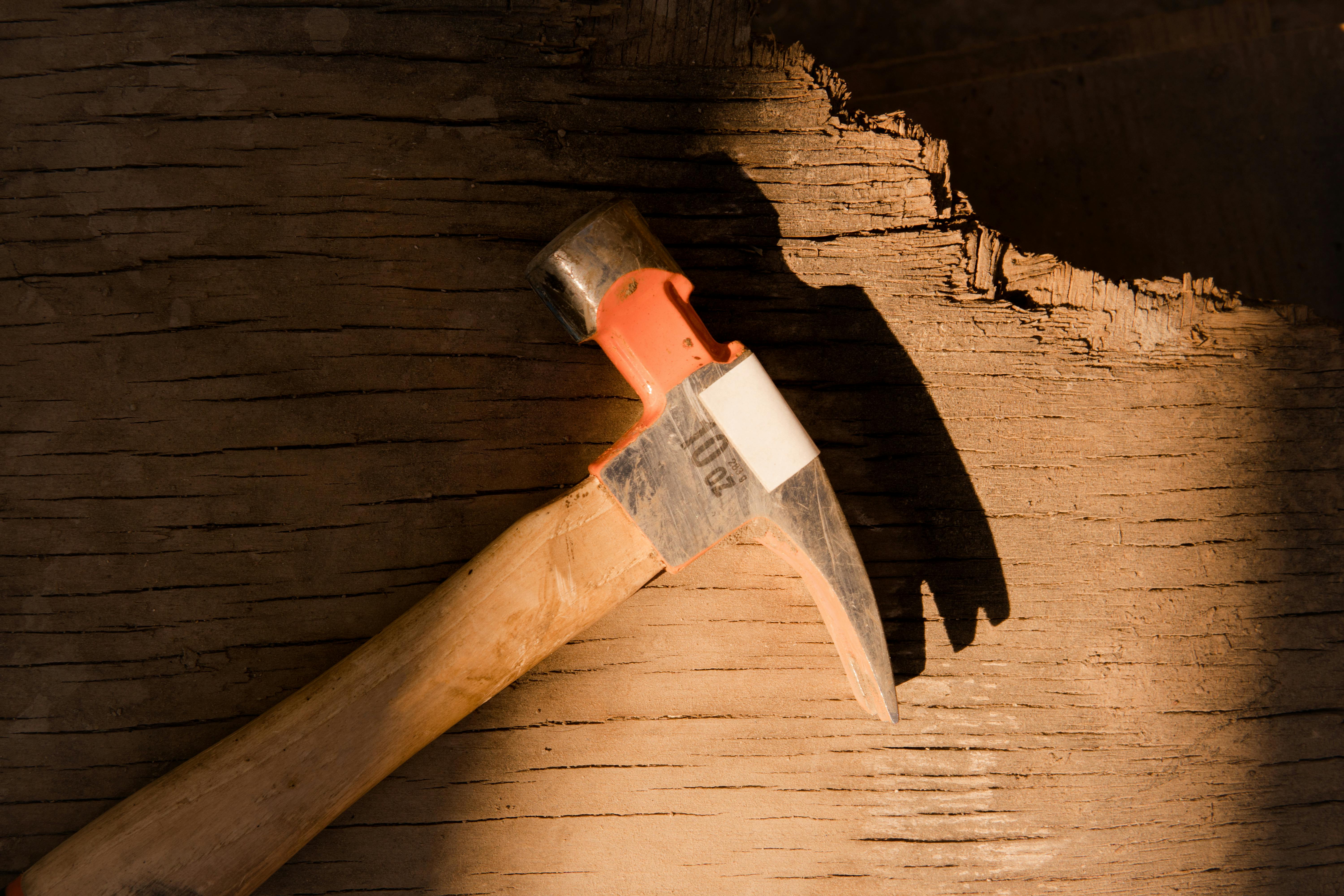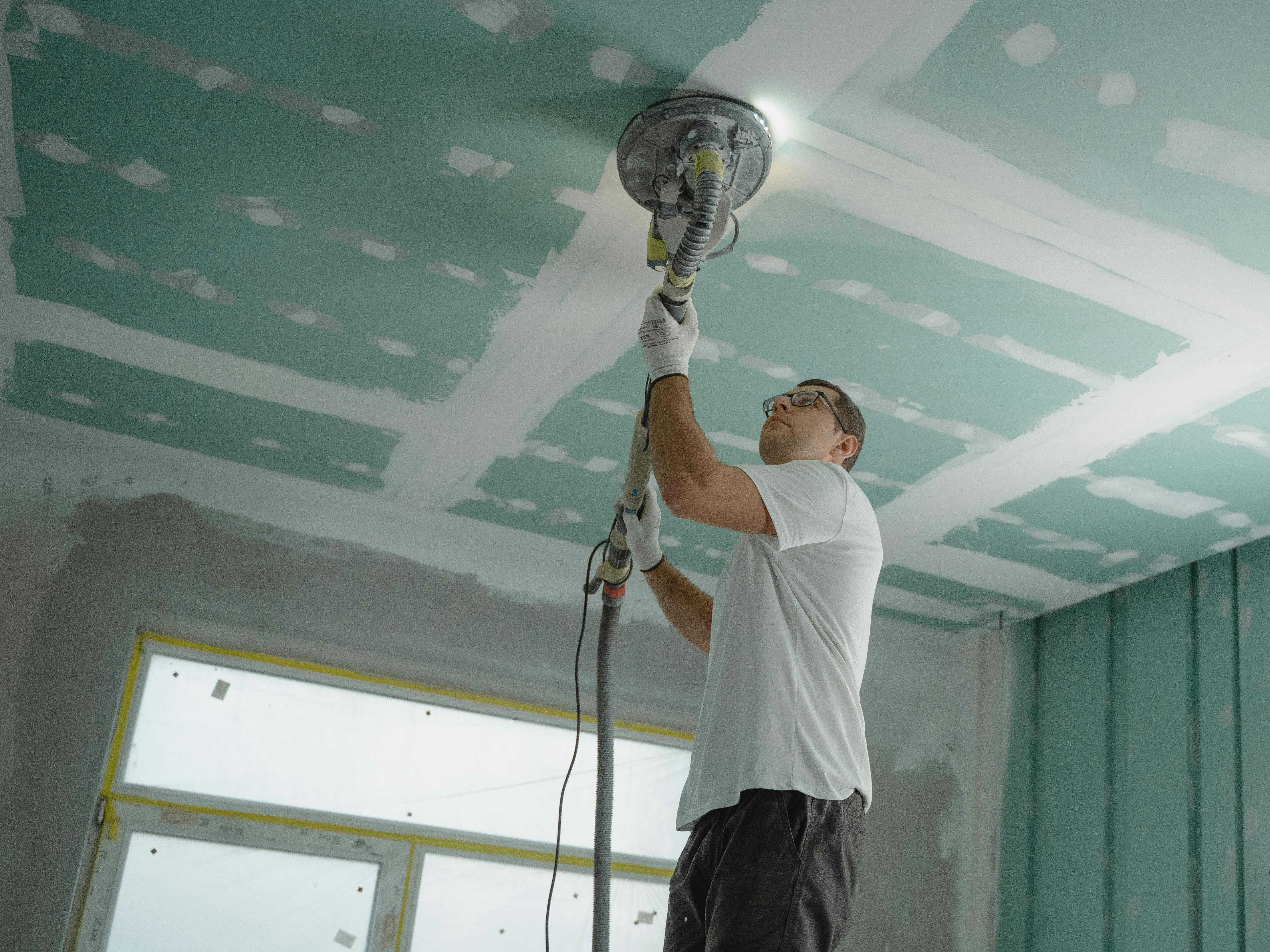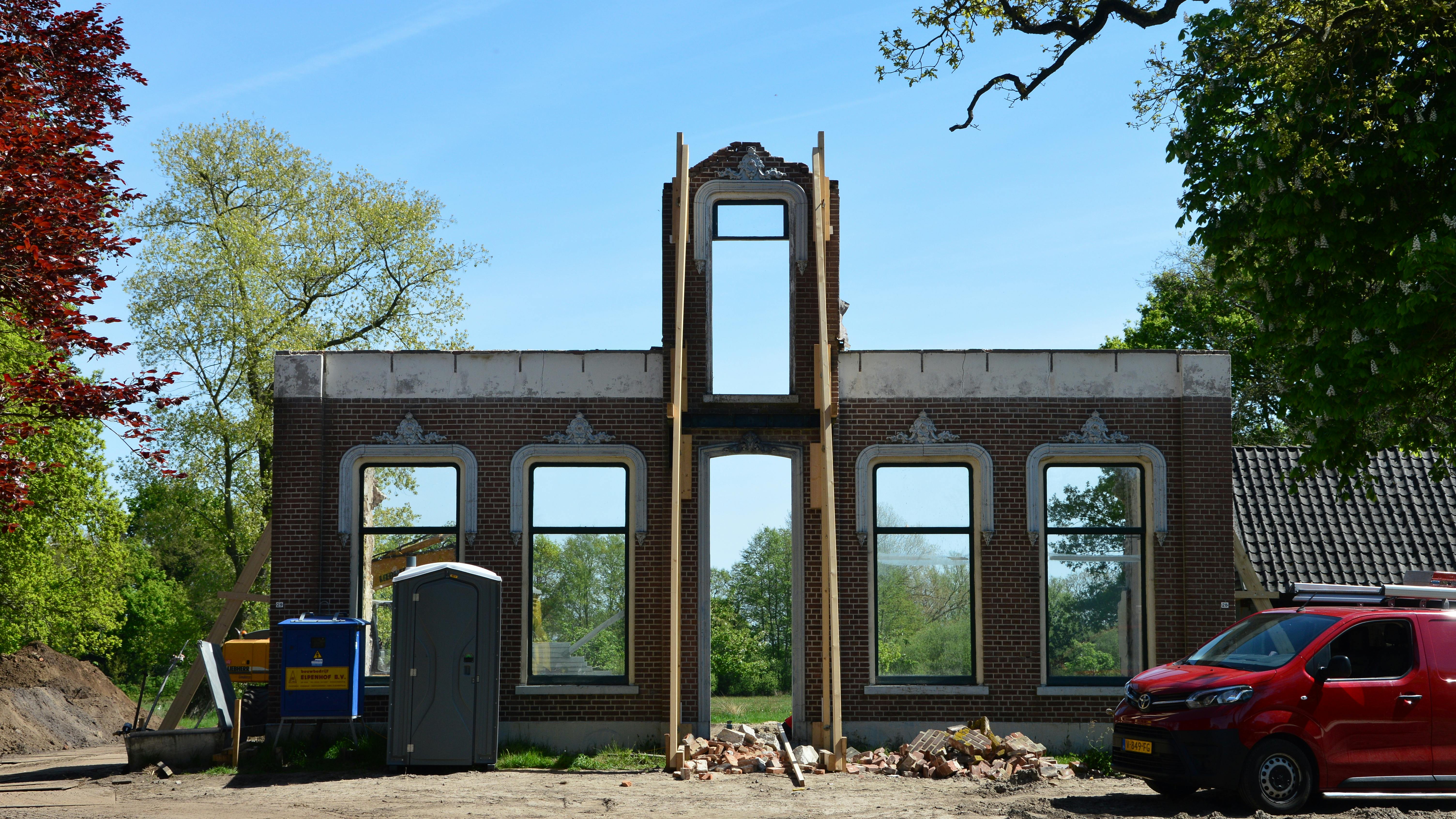Restoration vs Reconstruction: What’s the Difference?
When a house or building is damaged by water, fire, or a natural disaster, people often wonder, “Should I choose restoration or reconstruction?” These two words might sound similar, but they are very different. Knowing the difference can help you make better choices for your property, budget, and safety.
Let’s learn about restoration vs reconstruction in a simple way. This guide is written for homeowners, renters, or anyone facing damage to their home. Whether it’s from flood, plumbing issues, or a big disaster, understanding what comes next can make a big difference.
What Is Restoration?
Restoration means fixing your home or building to make it look and feel like it did before the damage. The goal is to restore what you already had without changing too much.
For example, if your house had water damage from a broken pipe, a restoration company would dry the area, clean it, and fix the parts that were damaged. They try to save as much as they can. This might include:
Drying floors and walls
Cleaning mold
Fixing wet carpets or wood
Repairing small parts of your roof, kitchen, or bathroom
Restoration is often faster and cheaper than full rebuilding. It also helps keep the home’s aesthetics, or how it looks. In many cases, insurance policies will cover restoration work after damage.

What Is Reconstruction?
Reconstruction means rebuilding big parts of the home or property. Sometimes the damage is too big, and it’s not safe or smart to just fix the old parts. In these cases, teams may need to demolish damaged areas and build them again.
This can include:
Rebuilding walls, roofs, or the whole structure
Replacing plumbing or electrical systems
Updating parts of the house to match current building codes
Designing new layouts using interior design or architecture
Making sure the work follows zoning and safety laws
Reconstruction is a larger project and usually needs a general contractor. It can take longer and cost more, but it’s often needed when the damage is very bad, like after a flood, fire, or natural disaster.
When to Choose Restoration
Choose restoration if:
The damage is not too deep (like small water damage or smoke from a small fire)
Most of the house is still strong and safe
You want to keep the same design or look
You are working with a limited budget
You want to stay in the house during the work
Restoration also helps keep the house’s original style, especially if it’s on the National Register of Historic Places or is part of historic preservation efforts.
When to Choose Reconstruction
Choose reconstruction if:
Your home has serious structural damage
There are problems with asbestos, mold, or electrical safety
The damage happened to a big area (like after a natural disaster or major flood)
You need to meet new building code or zoning laws
You want a new layout or style
Reconstruction is also helpful if your mortgage company requires updates or if you’re working on an old home with safety issues.
Insurance and Property Damage
One of the first steps after damage is to contact your insurance company. Your policy will help decide what work can be covered. Some policies may pay for restoration, but not full construction. Others might only pay for basic materials.
Keep in mind:
Take photos of all damage
Keep receipts from repairs
Ask your adjuster about coverage for demolition, plumbing, and floor repair
Be clear if you plan to restore or rebuild
Some lease agreements may also require tenants to follow specific rules for damage repair.

Working With Contractors
Whether you choose restoration or reconstruction, you’ll likely need help from a licensed general contractor or a building restoration team. These professionals know how to:
Follow national and local building rules
Work with designers, roofers, or plumbers
Handle permits, inspections, and safety codes
Keep the aesthetics of your property
Choosing the right team can help avoid extra costs and delays.
Real-Life Examples
Example 1: Water Damage in Kitchen After a sink leak, the cabinets and floor got wet. A restoration crew dried the area, cleaned it, and fixed the lower cabinets. No need for big changes.
Example 2: Flooded Basement A flood damaged the entire basement. It was full of mold, and the walls were unsafe. The team had to remove everything and rebuild it to meet modern building codes. This was a reconstruction.
Example 3: Fire in Bathroom A small fire damaged the bathroom walls and floor. Restoration was enough to clean smoke and repaint. If the fire had reached the house frame, it might need reconstruction.
Design and Aesthetics Matter
Whether you are restoring or rebuilding, design is important. Keeping your home looking nice helps with its value and how you feel living there.
With restoration, designers try to match what was there before.
With reconstruction, you get a chance to pick new styles, colors, and even change the layout.
Think about interior design, lighting, floor materials, and colors that match your taste and lifestyle.
Don’t Forget Safety
No matter which path you choose, safety is the top concern. Things like:
Weak structure
Dangerous asbestos
Hidden mold
Old or broken plumbing and wires
should all be checked and fixed. Licensed pros will make sure your home follows the latest building code and zoning laws.
Budget and Time
Restoration is often better for people with a tight budget or who need fast repairs. Reconstruction takes longer but may be better in the long run for safety and value.
Talk with your insurance company and general contractor before making big decisions. Ask for clear plans and timelines.

FAQs
1. What is the main difference between restoration and reconstruction?
Restoration means fixing damaged parts. Reconstruction means rebuilding new parts of the home.
2. Will my insurance cover both restoration and reconstruction?
It depends on your insurance policy. Some plans cover only basic repairs, while others include full construction costs.
3. Is restoration always cheaper than reconstruction?
Yes, in most cases. Restoration uses less labor and fewer materials, so it costs less.
4. Can I live in my home during restoration or reconstruction?
During restoration, you might be able to stay. But reconstruction usually means you need to move out for safety.
5. Do I need a contractor for both services?
Yes. For restoration, you may need a specialized cleanup crew. For reconstruction, a general contractor is needed for large projects.
Whether you’re dealing with a leaky pipe or the aftermath of a big natural disaster, understanding restoration vs reconstruction can help you make smart decisions. Think about your budget, your insurance, and your home’s needs. Work with experts, stay safe, and get your home restored the right way.
Visit your nearby local emergency responder or contact us today for more information.
Table of Contents
EXCELLENTVerified A straight up honest broker who knows his stuff. Excellent communication and very helpful problem solving our mold issuePosted onVerified Giving Eric a 5-star review, and we haven't even started any work yet. He came to gave us his professional opinion and quote to address a mold issue in our house. He is clearly very knowledgeable. His opinion was wildly different than the previous estimate we received, from an agency that wanted to charge us about 4 times as much. He did a much more thorough assessment, and explained his reasoning for why he felt that our issue wasn't as extreme as the previous agency. He even gave us some suggestions as to how we could address our issue on our own, if need be. He doesn't appear "out to get you"... there are a lot of companies that work off the "mold is gold" motto, but he doesn't seem to be one of them. If we end up going with him for the job, we'll update the review... but, I was just so happy and relieved with his approach, estimate, knowledge, and his overall professionalism. Glad there are still people like this out there!Posted onVerified Eric and his team were prompt and professional. From diagnosis through cleanup they were very thorough.Posted onVerified Above and beyond expectations. Eric and his team were not only helpful, kind, and relatable to our issues, they were extremely professional and reliable. Always answered our calls. Showed up on time with great attitudes. Respected our home. Most importantly, got the job done in a fast and timely manner. Can't recommend enough.Posted onVerified We had a leak under the kitchen sink and called another company first. We were told there is mold and they would have to tent the area to remove it and that we'd also need a whole new cabinet. Of course, it was pretty expensive and they said we couldn't use the kitchen for a couple weeks. Feeling it's always wise to get more than one estimate, I called Preferred Restoration as they had excellent reviews. Eric replied promptly and came out to look things over. He felt the mold wasn't bad enough to require a tent and also felt a whole new cabinet was not required. Needless to say, we accepted his estimate immediately and the work was done in a professional manner. (They don't do the carpentry work, but can make a recommendation.) I highly recommend Preferred Restoration. I believe it's an honest company with skilled professionals.Posted onVerified Eric the owner was great to work and keep me informed the entire time that the moisture was being removed from my home. Highly recommend Eric and his team for any job!Posted onVerified Right from the start I knew I was going to be in good hands with this company. The response time was super quick and getting Eric to come out to my home to assess the situation was quicker than expected. Eric was very knowledgeable and answered all my questions thoroughly. He took his time to listen to all my concerns to carefully address the issues in my home. He made a stressful situation feel less stressful and manageable. I definitely recommend this company and will contact Eric if needed in the future. Thanks again Eric!Posted onVerified We discovered a mold issue in one of our bedrooms and reached out to Preferred Restoration Services for guidance. Eric was extremely helpful in helping us navigate what needed to be done since we had no experience with this type of issue. He shepherded us through the process and helped us understand every step that needed to be performed. He referred us to a couple of contractors which we used for plumbing and testing and they were also excellent. This was helpful so that we didn't have to figure out who else we needed to work with and vet them as well. Everyone from Preferred Restoration Services was very professional, communication was excellent, and customer service was outstanding. We had a lot of questions and they were all answered very quickly. I highly recommend Preferred Restoration Services for any damage restoration needs.Posted onVerified Preferred Restoration is the best service in town! If you want quality, fair pricing & guidance, call Preferred Restoration! Ask for Eric, he is very helpful and quick.Posted onVerified We had an issue with a sewer line that leaked and potentially needed some soil remediation under the house. I gave Eric a call and made an appointment for the next day for him to come out and assess the situation. Throughout the process his communication was great and he was on time (even gave me a call to let me know he was on his way). He went above an beyond to even check inside the house for potential water damage/mold. We did not have to move forward with any remediation. I appreciate Eric's communication, thoroughness, and HONESTY. We will keep his contact if we need any work in the future. I highly recommend Eric and Preferred Restoration!



